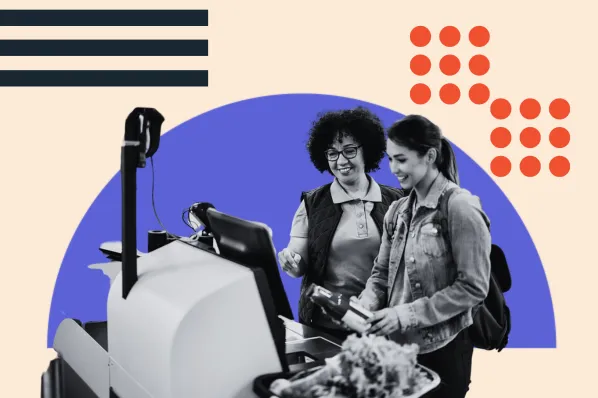High Touch vs. Low Touch Customer Service
High touch customer service is when high-value recurring revenue customers with complicated packages and integrations get personalized and customized support with a customer success manager. On the other hand, low touch customer service is when your company uses automation to digitally engage with customers.
The reason that there are these two different models for customer service is that different customers will have different needs. Not every customer needs personalized support. For example, if a customer has a generic issue, and brings in a low recurring revenue, they can call your support line and reach a front-line support rep. Additionally, low touch customer service is when digital engagement, such as online chat, emails, or self-service knowledge base articles provide enough support for your customers.
However, customers with high recurring revenue and complicated integrations will need dedicated support on a personalized level. This is high touch customer service. With these customers, ya CSM will give personalized support as needed to make sure your high-value customers succeed and are happy with your product or service.
So -- high touch service requires personal attention and strategic methods of serving the customer. It's costly to maintain, but that's why you use this level of customer support for high-value customers. On the other hand, low touch engagement models are more cost-effective and helpful for mass, lower-value customers.
Now, let's look at the types of customer service that are considered low touch and high touch.
Low Touch Service Examples
- Front line support rep (phone, email, or chat)
- Automated product emails and updates
- Knowledge base articles
- Software notifications and tutorials about new features
High Touch Service Examples
- Dedicated customer success manager
- Personalized customer onboarding
- Personal strategy sessions and 1:1 meetings
- New feature walkthroughs
So what does this look like when it comes to a customer success manager's role? Let's dive in below.
Customer Success Manager High Touch vs. Low Touch
First, let's give a quick overview of what a customer success manager does. A CSM is responsible for helping customers achieve success, which means they interact with customers all day -- whether it's helping new customers onboard or helping them come up with plans to reach their goals, or training customers on new features.
A CSM will respond to questions over email, attend scheduled meetings, and raise tickets to customer support if it's needed to help their customer solve an issue.
As you can tell from the role, some actions require more high touch service, while others only require low touch support.
A CSM might give low touch service just by quickly responding to emails and answering questions in a way that doesn't take up too much time. On the other hand, high touch service from a CSM looks like creating personalized onboarding documents, attending meetings to help customers achieve their goals, and making strategic plans for success.
When it comes to onboarding, high touch service is necessary when a product or service is customizable to the customer's needs. This will mean a CSM (or customer relationship manager, or implementation specialist) will need to understand each customer's company and the requirements to get them fully onboarded. A high touch onboarding experience will include customized onboarding material -- documents, videos, help guides -- and a walk-through to familiarize the customer with the product, and expert consultation for support.
Low touch onboarding will look different. Instead of offering personalized documents, a CSM might only need to engage with these customers through automated emails and workflows.
Now, let's review what this customer engagement model looks like.
Customer Engagement Model
To visualize the concept, this is what high touch and low touch customer engagement models look like in action:
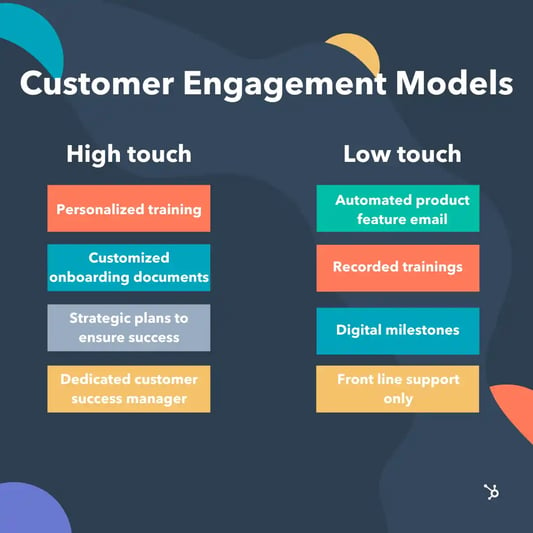
Now, how do you decide which model to use? Or should you use both? The answer is it depends on your product or service. If you offer a SaaS (Software as a Service) product, then a combination of the two will most likely be what works best for you.
However, if your product or service isn't digital, you might only require one or the other. For example, a lawn care company might choose to offer high touch customer service for every customer because they want to meet every customer, give them a consultation on lawn products they recommend, etc. On the other hand, a retail store might only need to offer low touch customer service, because handling returns and refunds are the extent of service that the customers need.
While it depends on the product/service, most companies will use a combination of these customer engagement models depending on the value of the customer and the complexity of the product/service offered.
To decide which customer success model to use, you'll want to segment your customers by:
- Revenue
- Likelihood of churn
- Complexity of products/services purchased
- Customer lifetime value
Once you segment your customers, let's review how you can implement both types of customer success models.
Customer Success Model Implementation
Low touch implementation
- Create digital content for various customers depending on the customer persona (playbooks, strategies, plans, videos, tutorials, product walkthroughs)
- Create your automated workflows for customers who sign up for certain products/services and spend under a certain amount of money
- Test your communication channels and self-service support options
High touch implementation
- Assign every customer who purchases certain products/services or spends a certain amount of money to a CSM
- Create customized onboarding documents for each customer -- getting each customer set up with an implementation specialist (if different from the CSM)
- Help customers resolve issues via email or phone quickly
- Help customers plan strategy documents and push them to evolve their processes (conduct milestone meetings, show where they are and where they're going)
- Give personalized product and feature walkthrough meetings with new releases
- Conduct quarterly business reviews to highlight what customers have achieved
Ultimately, your company will probably use a combination of high touch and low touch customer service. CSMs will need to know how to provide both for different value customers. However, it's important to understand that low touch customer service is enough for generic, automated communication. High touch service is useful when dealing with valuable or at-risk customers.
Customer Service


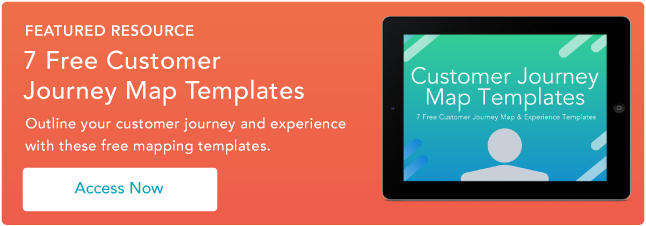
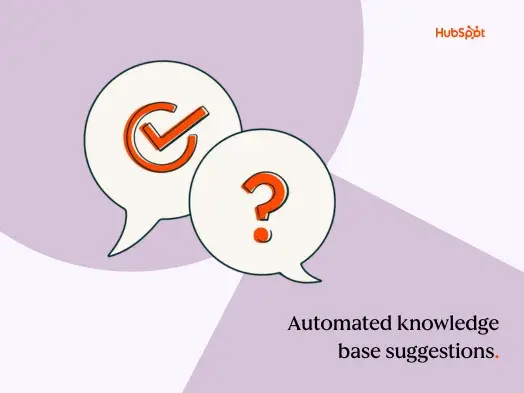
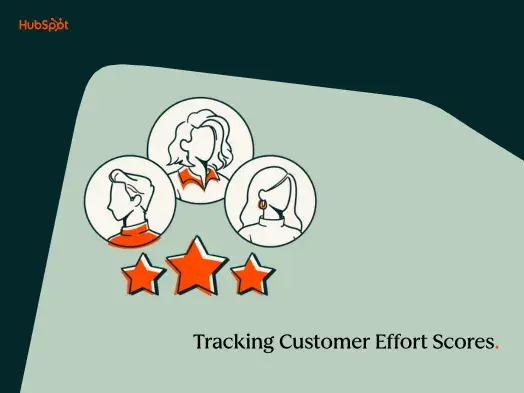
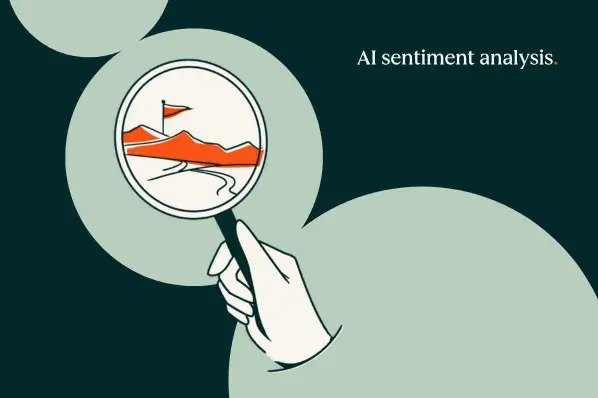

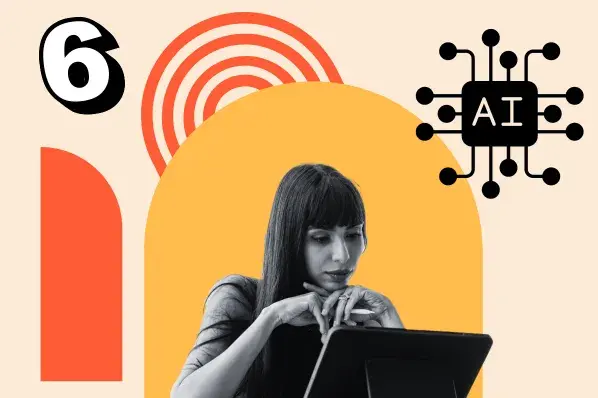
.png)
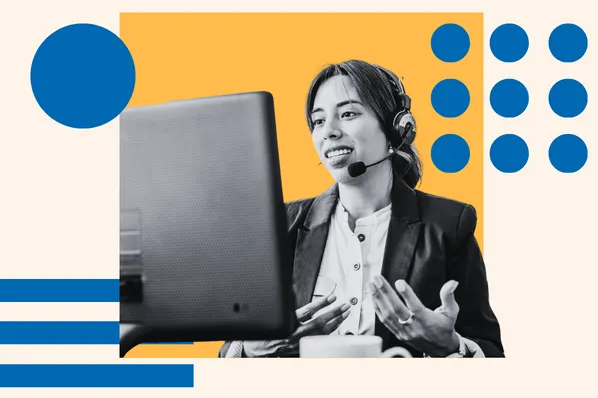
-2.png)
